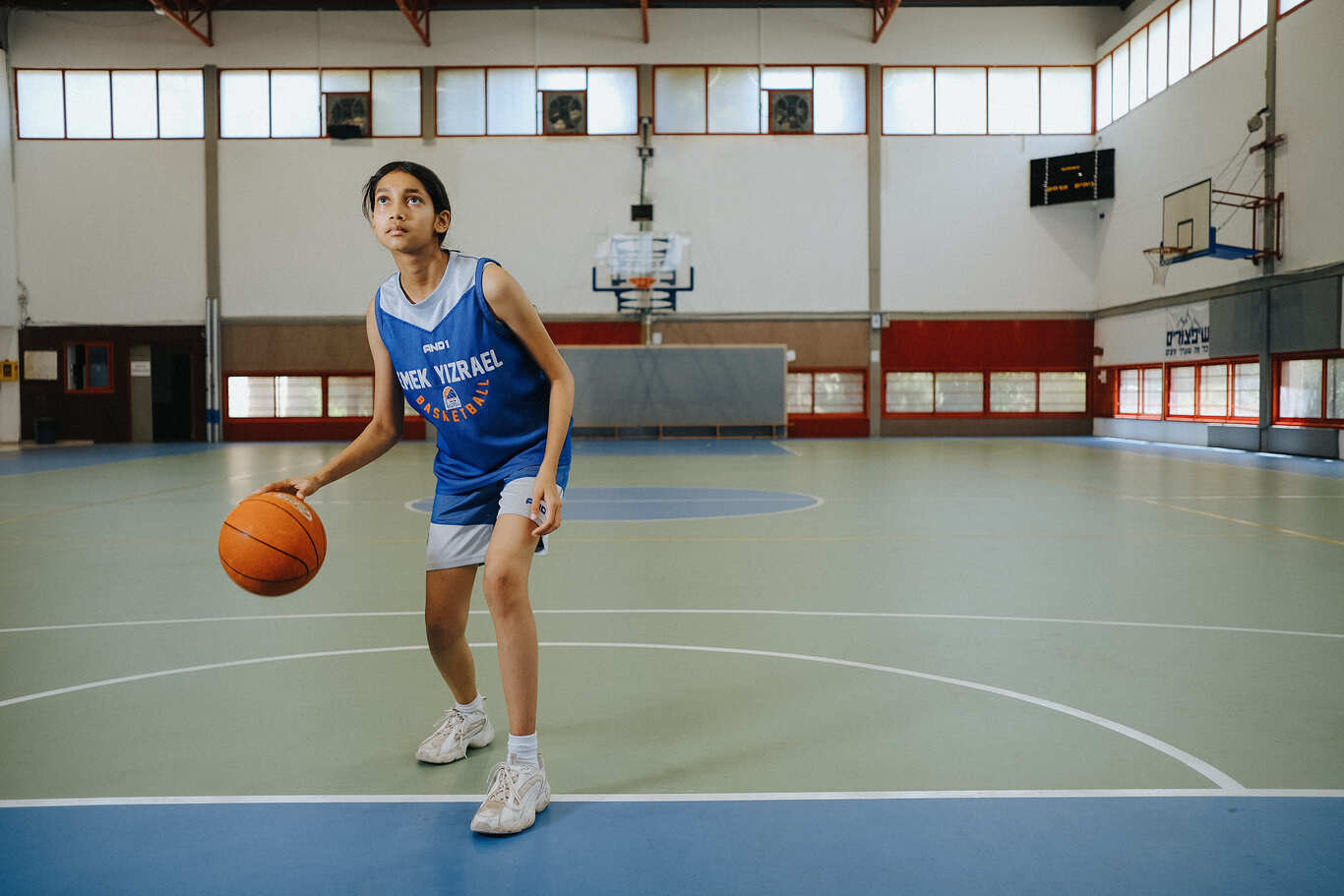Active Lifestyle for Children and Teenagers
The childhood and adolescence period is characterized by growth and high utilization of energy, which are affected by the physiological and emotional changes that happen in our children’s bodies. The change in body structure is natural and manifests in a gain in height and width alike. In the case of boys we will see an increase in muscle mass, and in girls we will also see changes in the pelvic and breast structure. The physical and hormonal changes often lead to weight gain and mood swings.
An active lifestyle will help children maintain a strong, healthy body, a normal weight and even maintain high energy and a good mood. Studies have found a positive correlation between exercise in children and adolescents and social and communication skills and confidence, and a decrease in phenomena such as anxiety and depression.
The advantages of exercise for children and adolescence
-
Development and strengthening of the skeleton, muscles and joints
-
Development and strengthening of the heart and lung system
-
Development of coordination and movement control capabilities
-
Improved digestive system activity
-
Maintaining a normal body weight and fat percentage
Recommended exercise time for children
The 2020 recommendations of the World Health Organization, for boys and girls aged 6-18 are:
- At least 60 minutes of moderate exercise. The exercise may be split into shorter times adding up to an hour a day or more.
- Most exercise will be aerobic.
- It is recommended to combine age appropriate strength training, at least 3 days a week, with medical approval and professional supervision.
Not “just sports”
An active lifestyle is not just fitness training. Exercise can and should be combined into everyday routine, such as: walking instead of transport to activities, riding a bicycle, walking the dog, dancing or ball games.
It has been proved that engaging in exercise from young age affects physical and cognitive growth and development.
Swapping an hour of screen time with an hour of exercise
The best and most correct way of providing healthy activity habits for children is by personal example. We have gathered a number of recommended forms of exercise that we can perform with our boys and girls:
- Aerobic activity: running, fast walking, skipping.
- Games involving movement: tag, hide and seek, running or jumping contests.
- Challenge games: climbing wall, climbing rope, fitness devices in parks and public gardens.
- Ball games: soccer, basketball, dodgeball, tennis.
- Strength exercises: working against one’s body weight (such as yoga), working using fitness devices, according to the child’s age and under adult or professional supervision.
- Riding: a foot powered bicycle or scooter
- Water sports: swimming or surfing
- Sports activities: ball games, gymnastics, athletics, dancing, martial arts, ninja, yoga.
- Computer and console games: yes, video games that involve movement can also be considered. The main thing is to get moving.
Gym workouts
Apparently, adolescents love going to the gym, maybe it’s the influence of social media, and maybe it’s the opportunity for an active, healthy social meeting. In any case, you should know that entering and working out in a fitness gym for children under the age of 18 is only permitted after submitting a health declaration and filling in a medical questionnaire and signed parental permission.
It is recommended to be provided initial coaching and accompaniment by a qualified fitness gym instructor.
And what about protein consumption after workouts? Protein consumption after fitness workouts contributes to building muscle and helps us recover after lengthy exercise. The Ministry of Health recommends consuming healthy proteins via protein rich food: tuna, eggs, tofu, cheeses and others.
Note
Note
Consuming protein powders of different types is unadvisable for children and adolescents and may be dangerous. Protein powders sold in fitness gyms and elsewhere are processes and synthetic, often containing a high quantity of sugars and substances that we should really spare our kids from. Excess protein powder consumption may overload children’s kidneys and endanger their health.











